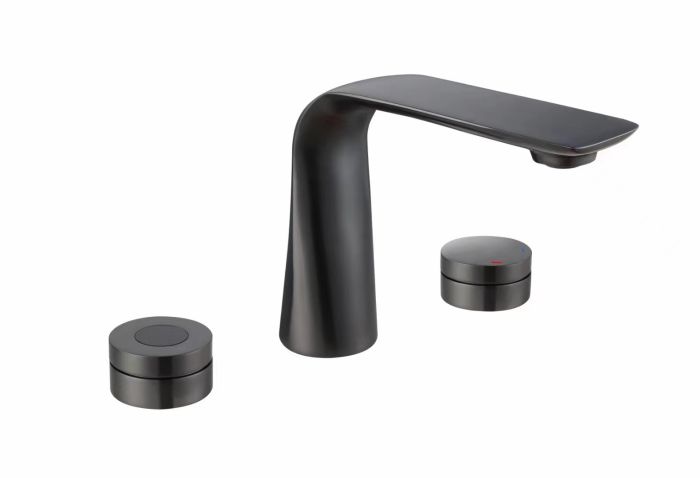Sustainability Promotion: Eco-Friendly Approaches to Wall-Mounted Basin Faucet Design
In today’s world, where environmental concerns are on the rise, sustainability and water efficiency become some of the key factors that define our lives, even when it comes to bathroom appliances such as wall-mounted Basin Faucets. These elements are important parts of our daily routines; hence it is important to consider eco-friendly approaches in their designs. The focus thus shifts on sustainability and water efficiency in relation to the design of wall-mounted basin faucets. What follows is a discussion on ways of enhancing environmental responsibility through sustainable practices in the design of wall-mounted basin faucets:
1. Water Conservation: Wall-mounted basin faucets represent the central part of water usage in bathrooms meaning that they should be a target for water conservation initiatives. For instance, manufacturers now include low-flow aerators and ceramic disc cartridges into faucet designs. By doing so, low-flow aerators contribute to lesser amount of water consumed while maintaining their functionality at an optimal level respectively. Additionally, ceramic disc cartridges make sure that a faucet operates smoothly and for a long time without any leaks or wastage.

2. Eco-Friendly Materials: The use of ecologically conscious materials is another major aspect contributing towards sustainable wall mounted basins faucet design. Manufacturers prefer using materials with minimal ecological footprint like recycled metals and responsibly sourced woods among others. Furthermore, finishes or coating which do not contain harmful chemical substances also improve indoor air quality while reducing pollution during manufacturing process.
3. Water-Saving Certifications: It is crucial to note that certifications and regulations on water-saving play an important role in promoting eco-friendly wall-mounted basin faucets adoption by various parties involved into their production cycle or consumption process by customers themselves for example for taps brands such as Watersense (US) certification as well as WELS (Water Efficiency Labelling and Standards) Certification from Australia are given after meeting certain criteria related to highest level of water efficiency. Through these certifications, manufacturers are challenged to design products that adhere to strict water-saving standards and consumers can use this information to help them choose the right bathroom appliances.
4. Regulatory Compliance: In addition to certifications, regulatory requirements by governmental bodies contribute greatly towards sustainable wall-mounted basin faucet design. These regulations may entail maximum flow rates, water pressure, and measures against leaks. By adhering to such laws, manufacturers ensure that their goods assist in saving water and protecting the environment on a larger scale.
5. Consumer Awareness and Education: Finally, informing customers about the importance of water efficiency as well as sustainability in wall-mounted basin faucet designs is critical. By giving knowledge regarding why eco-friendly faucets should be installed and steps necessary for reducing amount of water consumed by people regularly helps them make informed choices for their houses.
To sum up it all, designing wall-mounted basin faucets has to follow principals of sustainability and water efficiency. Notably, top companies are starting to enhance environmental responsibility through bathroom fixtures by integrating low-flow aerators among other features into their products while at the same time using renewable materials coupled with adherence to some relevant certification and guidelines concerning water conservation respectively. In conclusion, consumers need to go for eco-friendly alternatives if they want not only conserve water, but also reduce impact on the environment thereby contributing towards building sustainable future for our generation today
